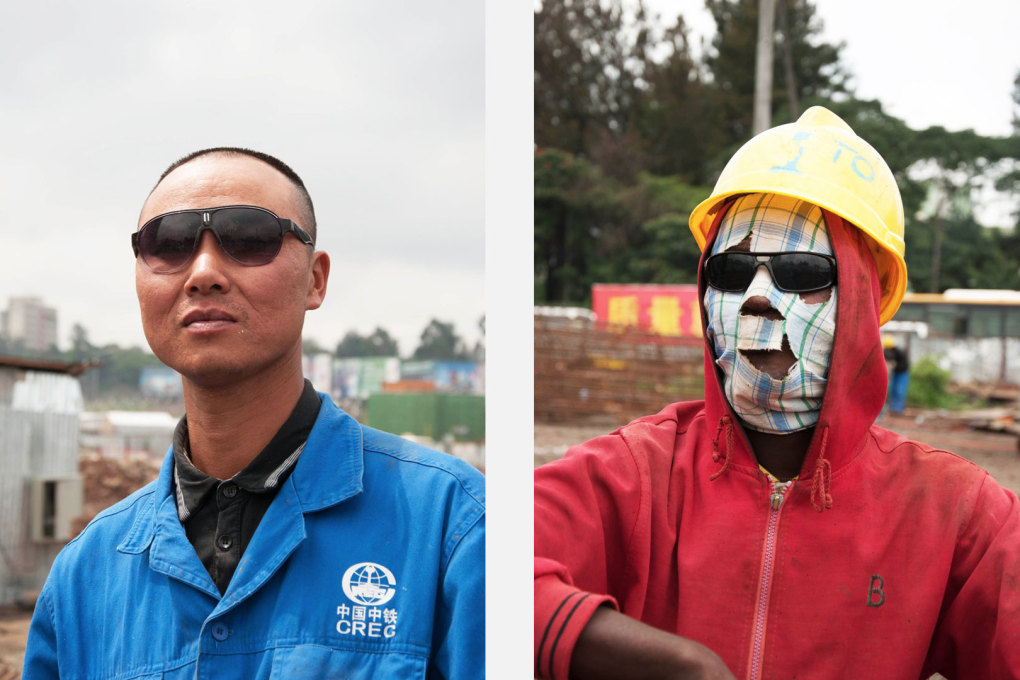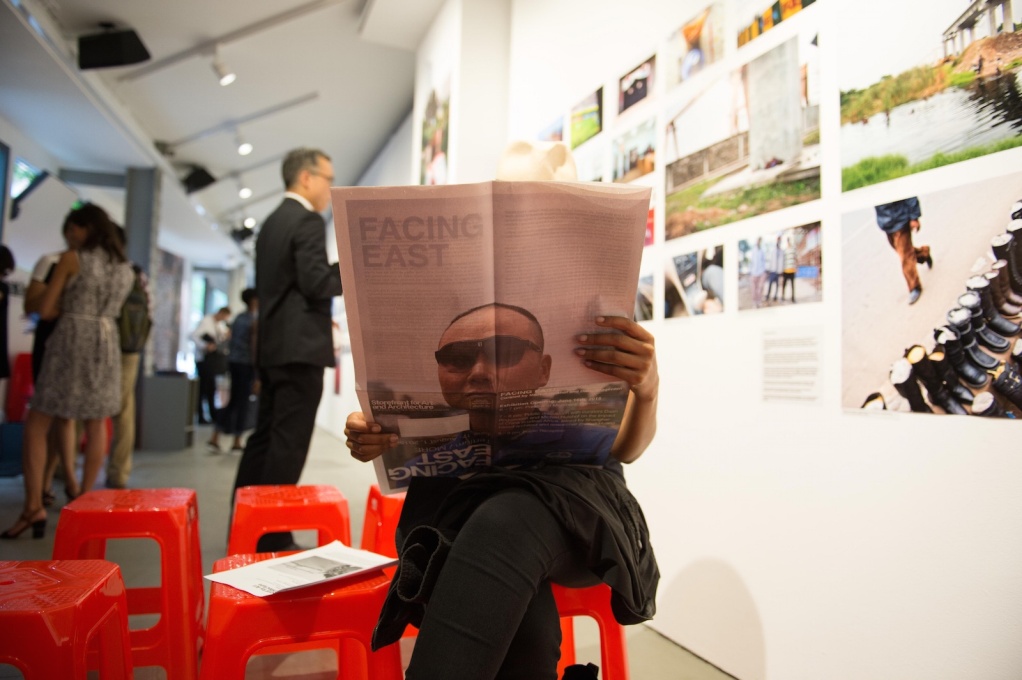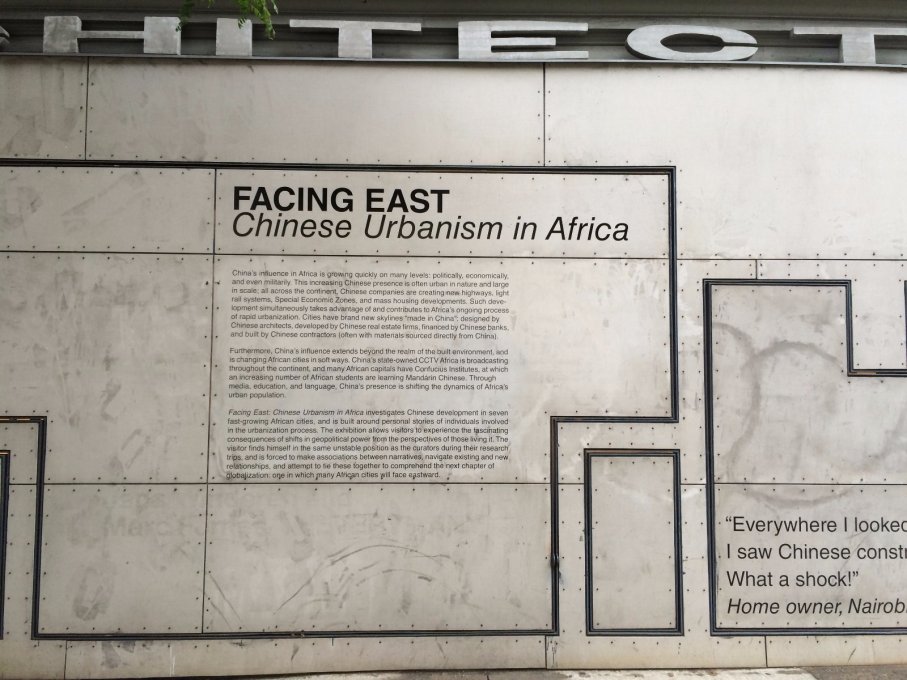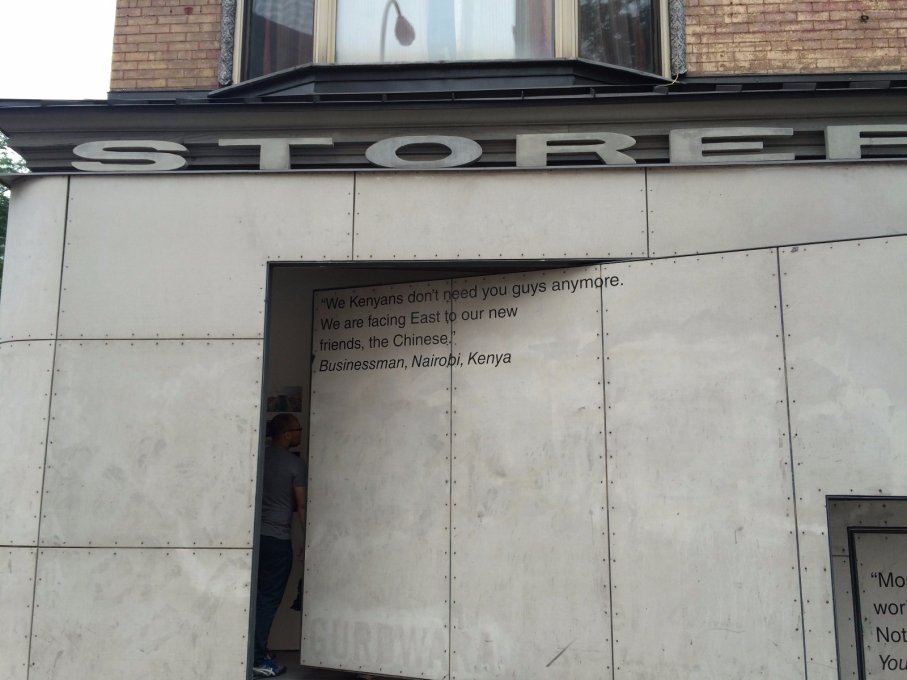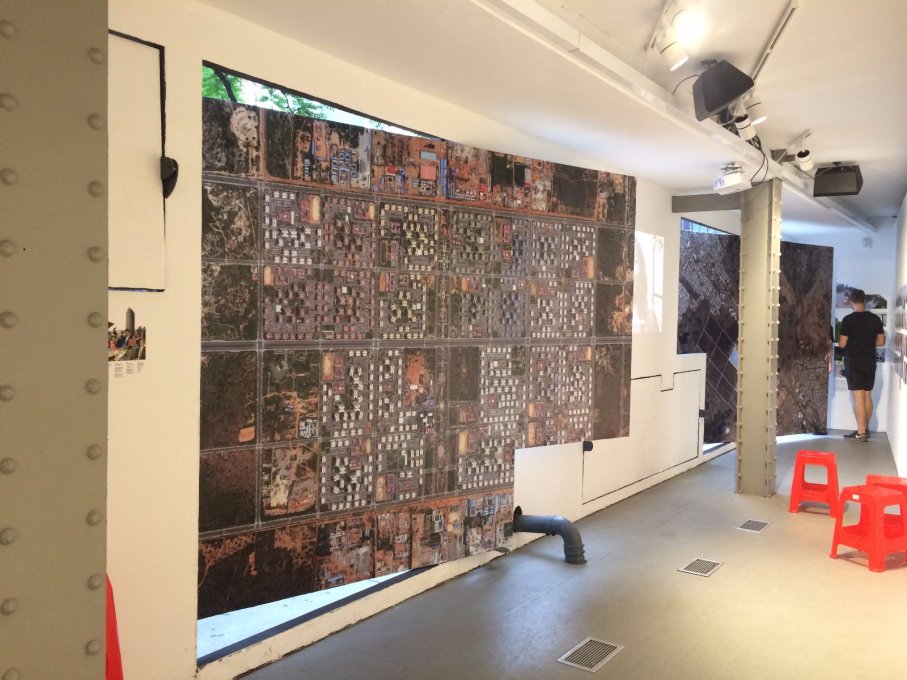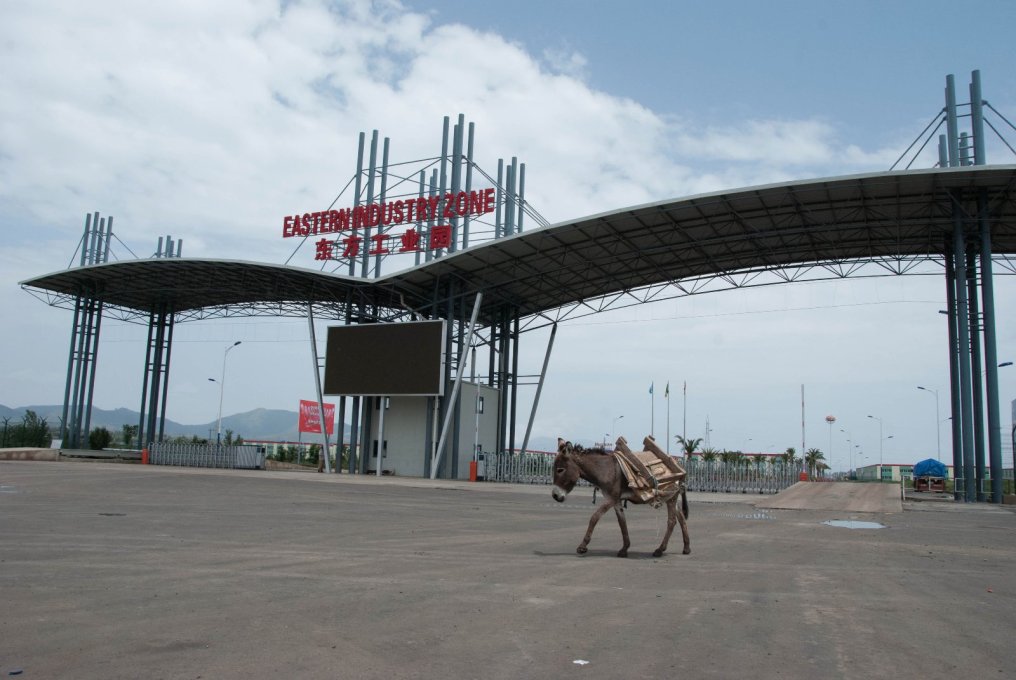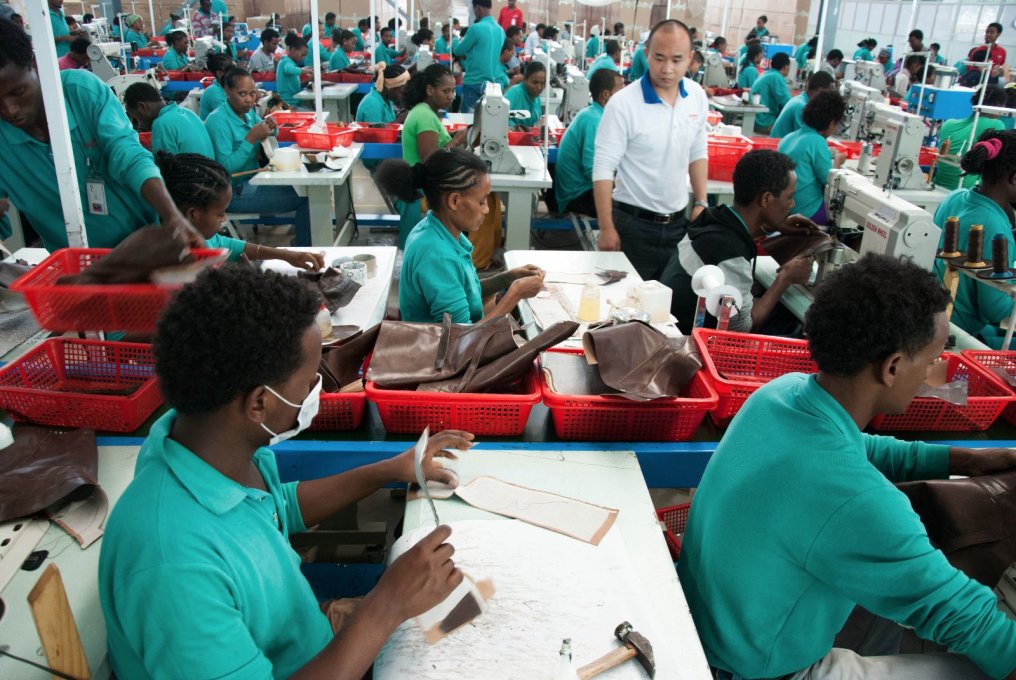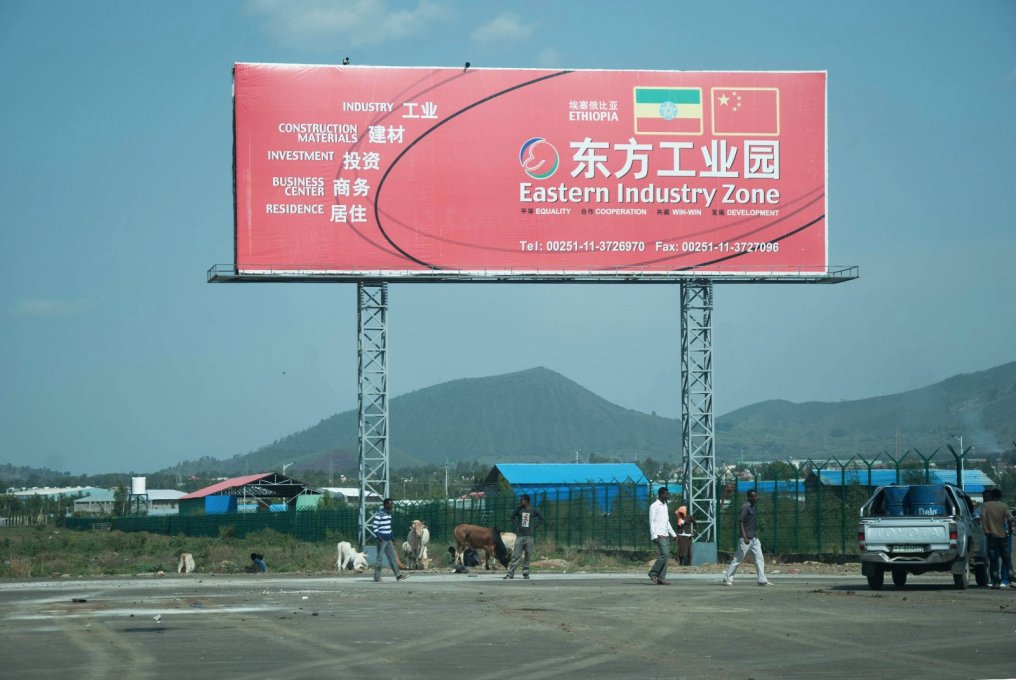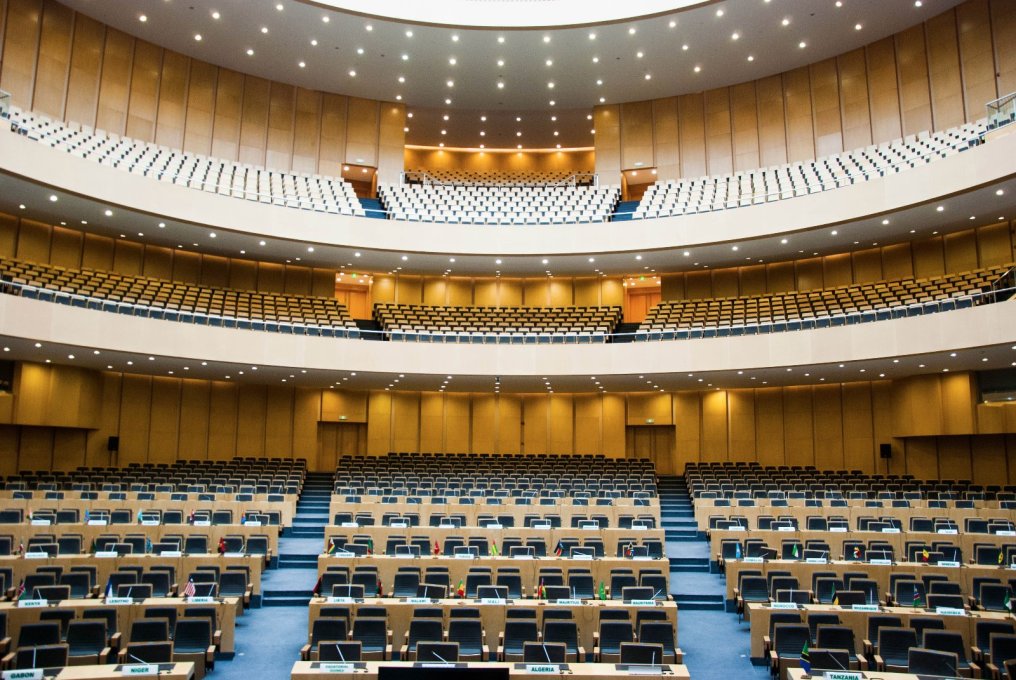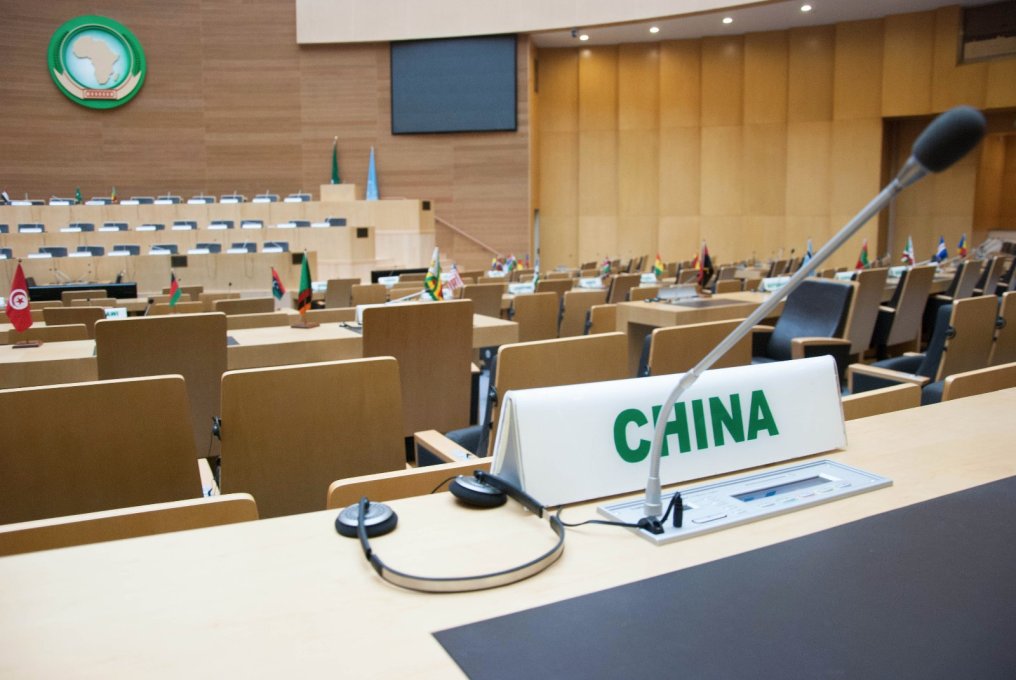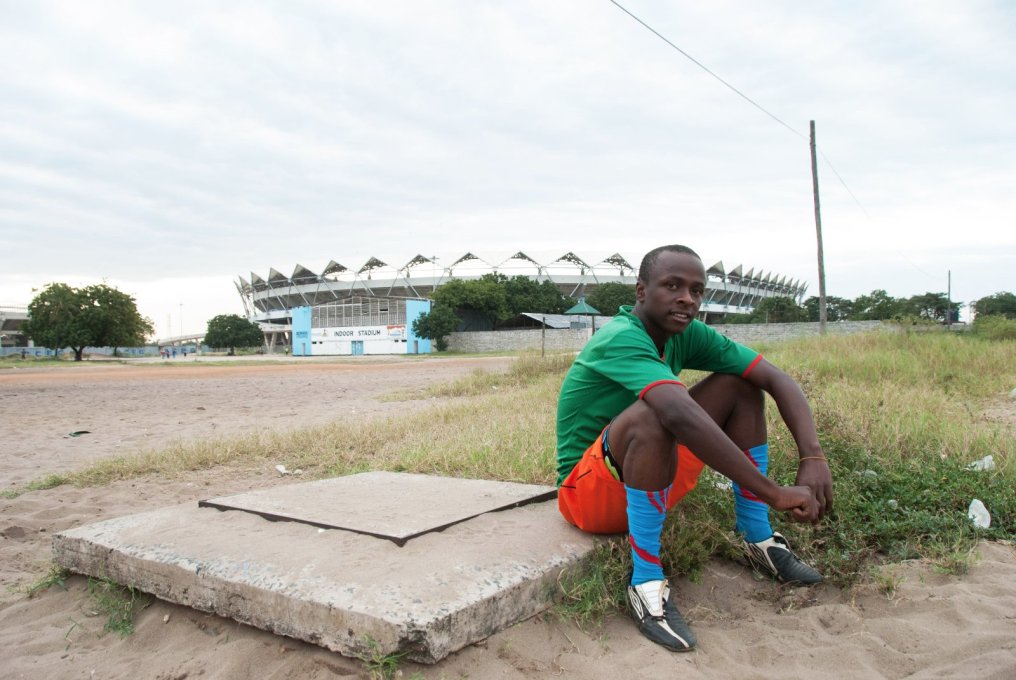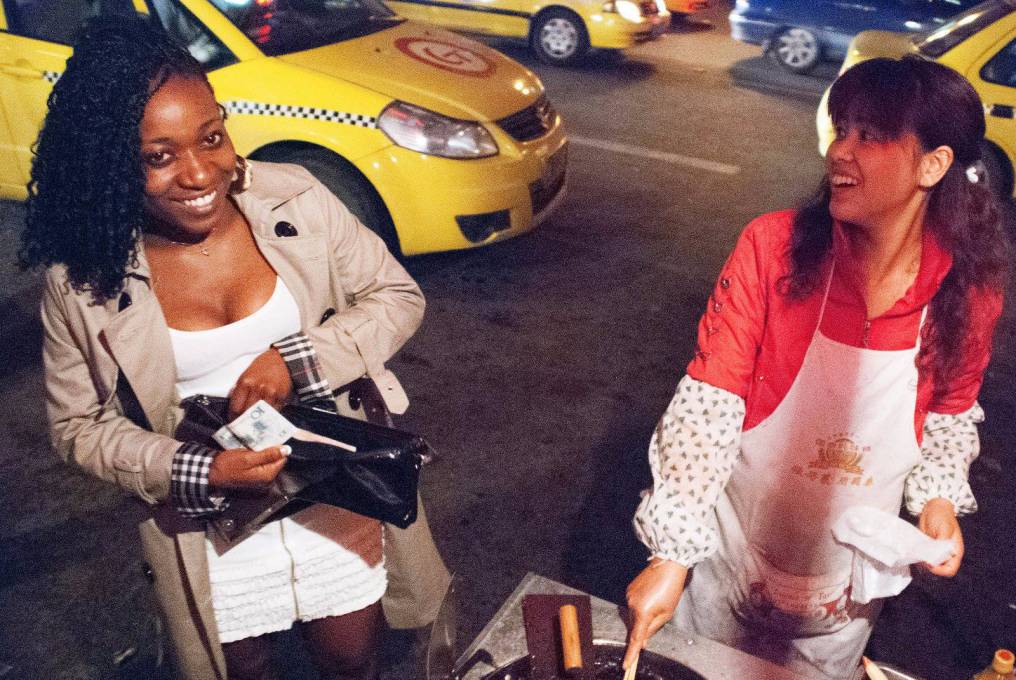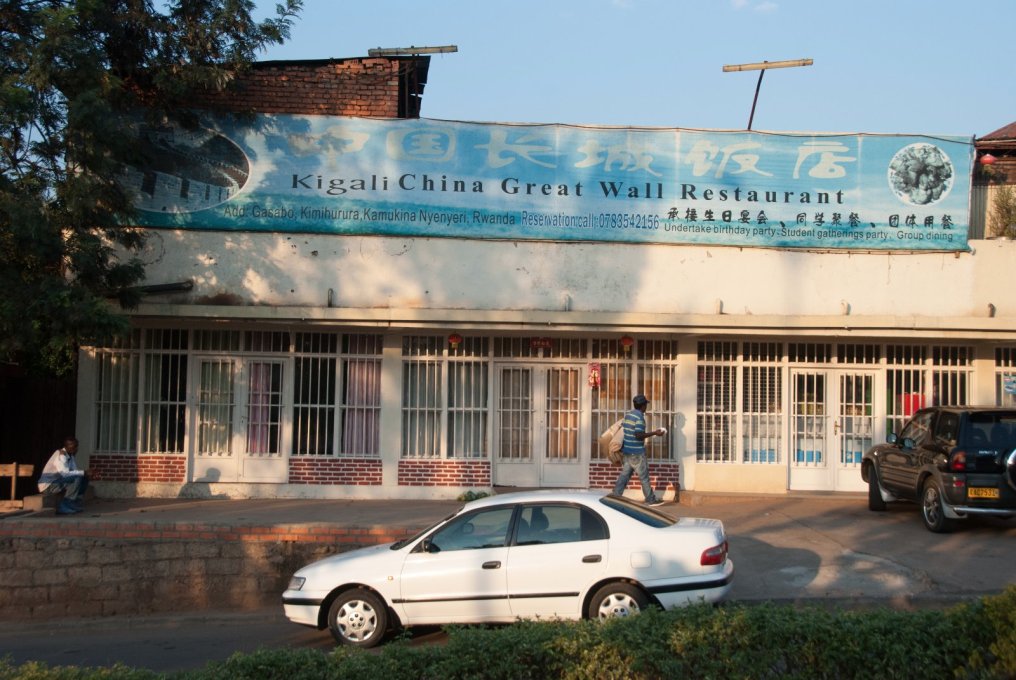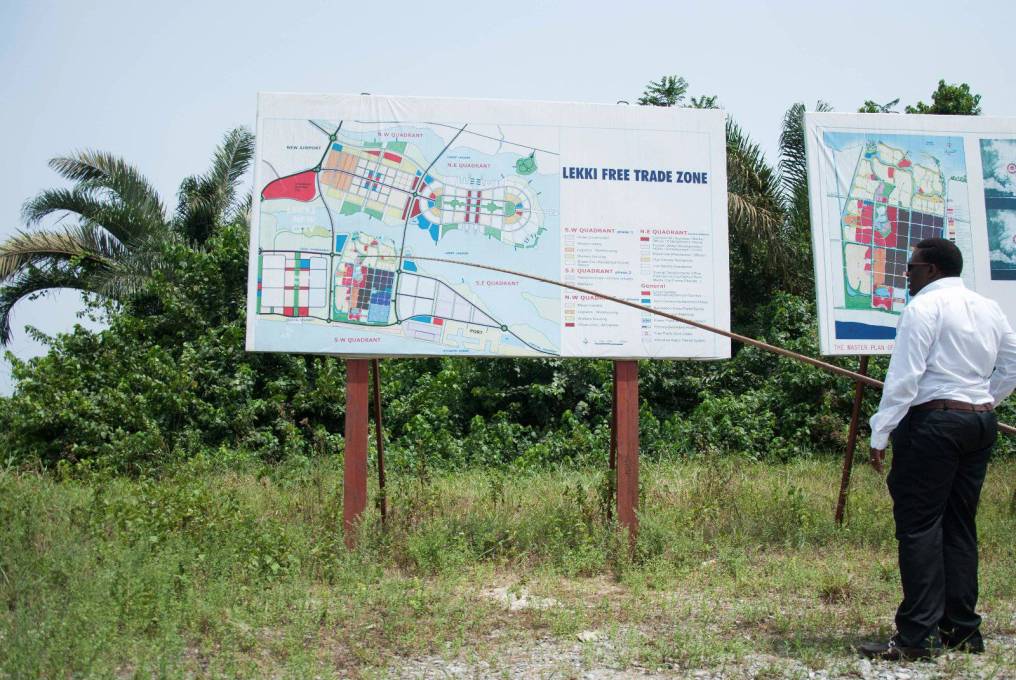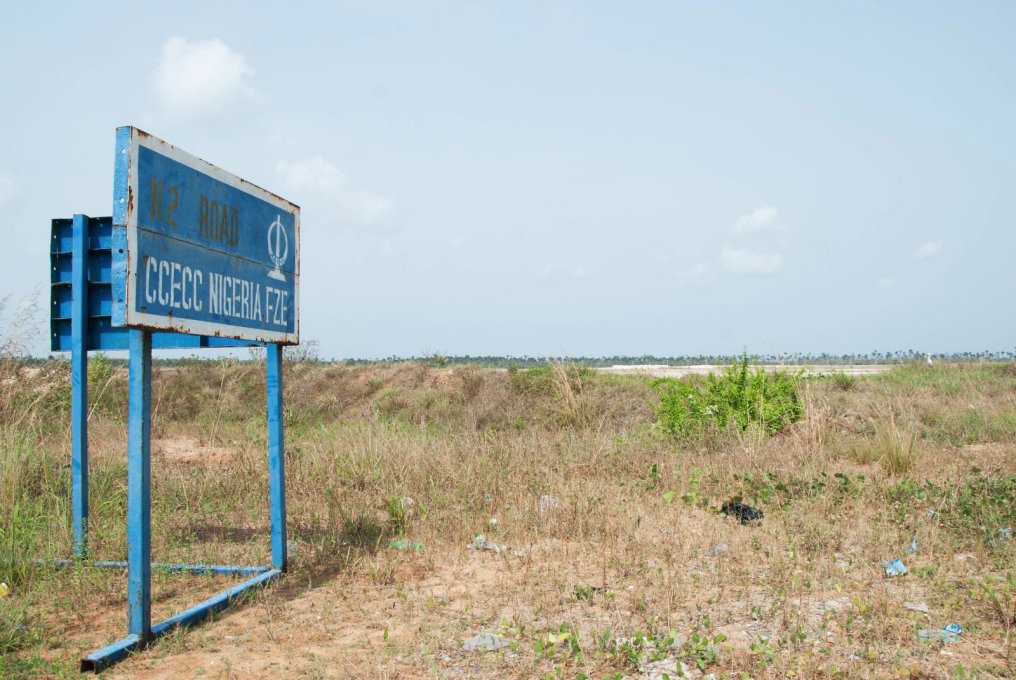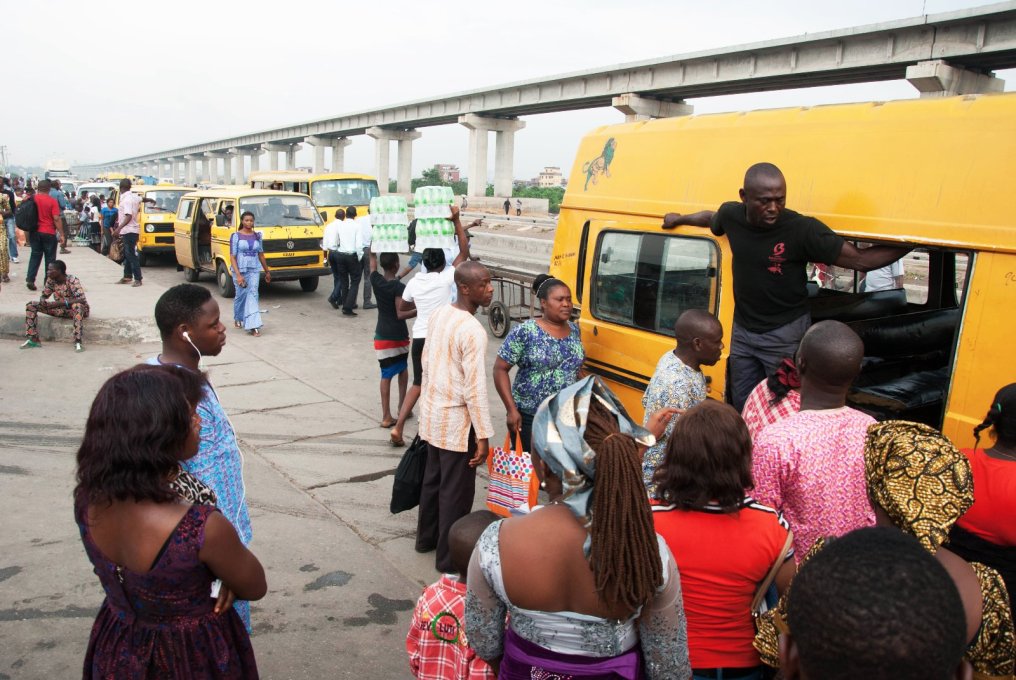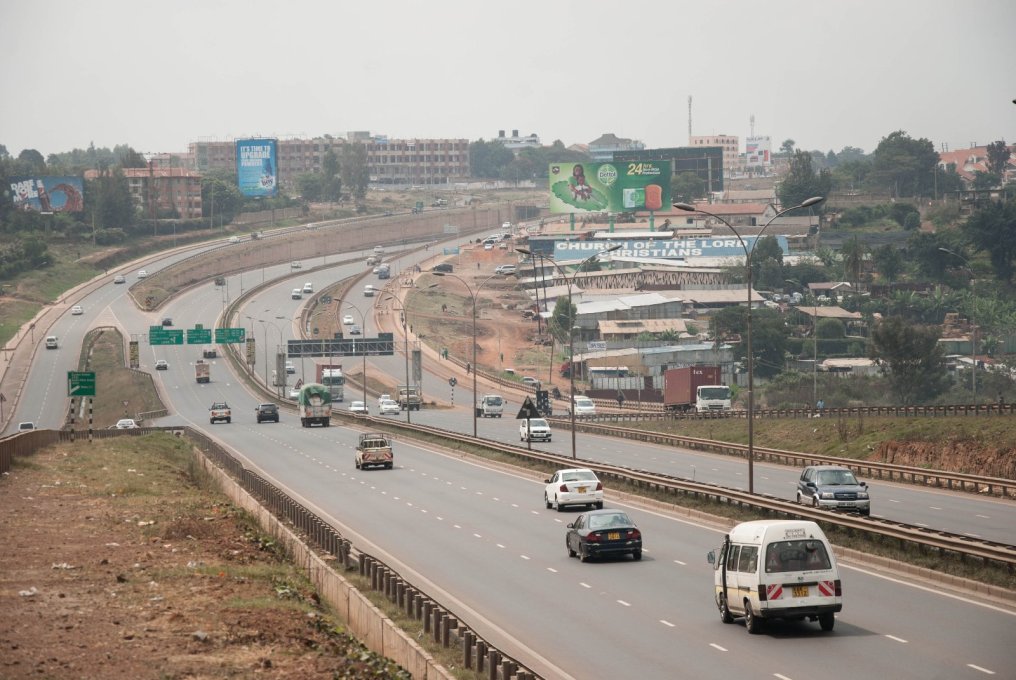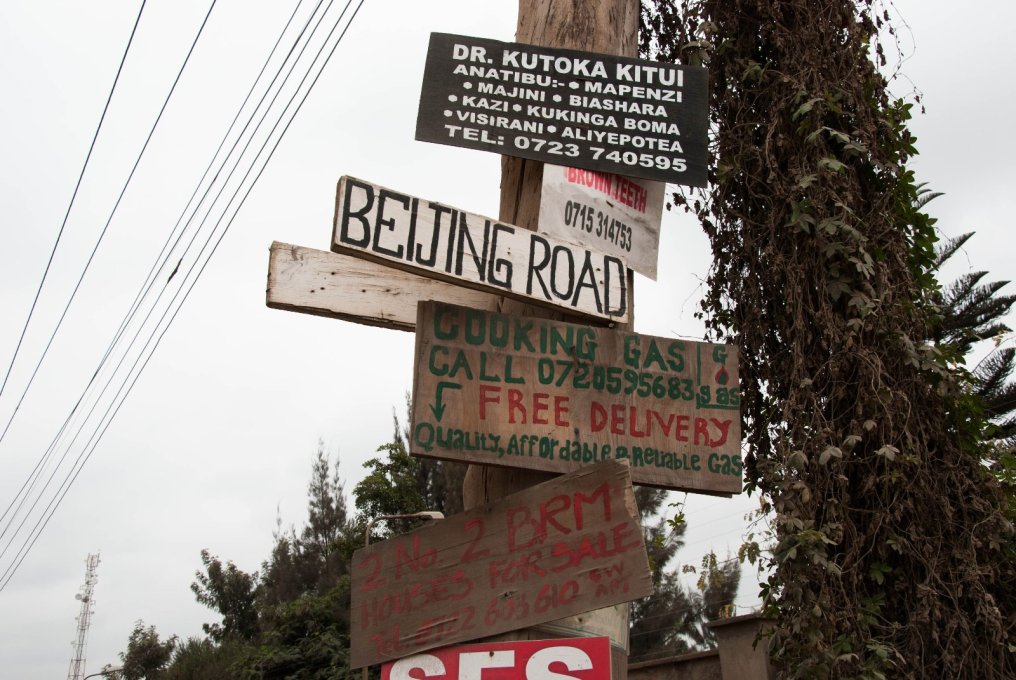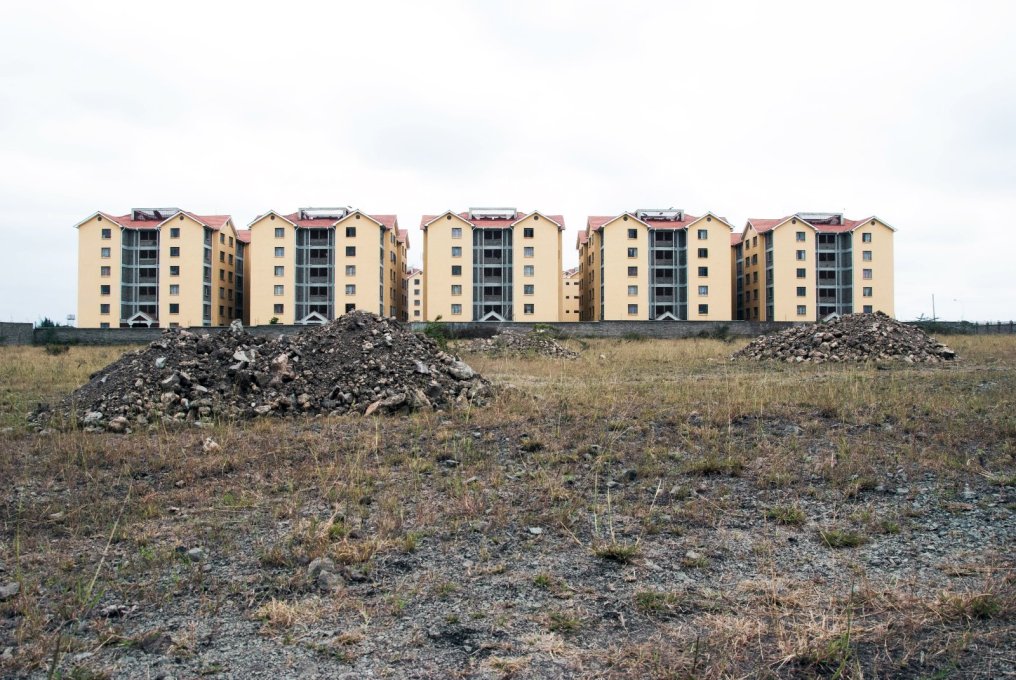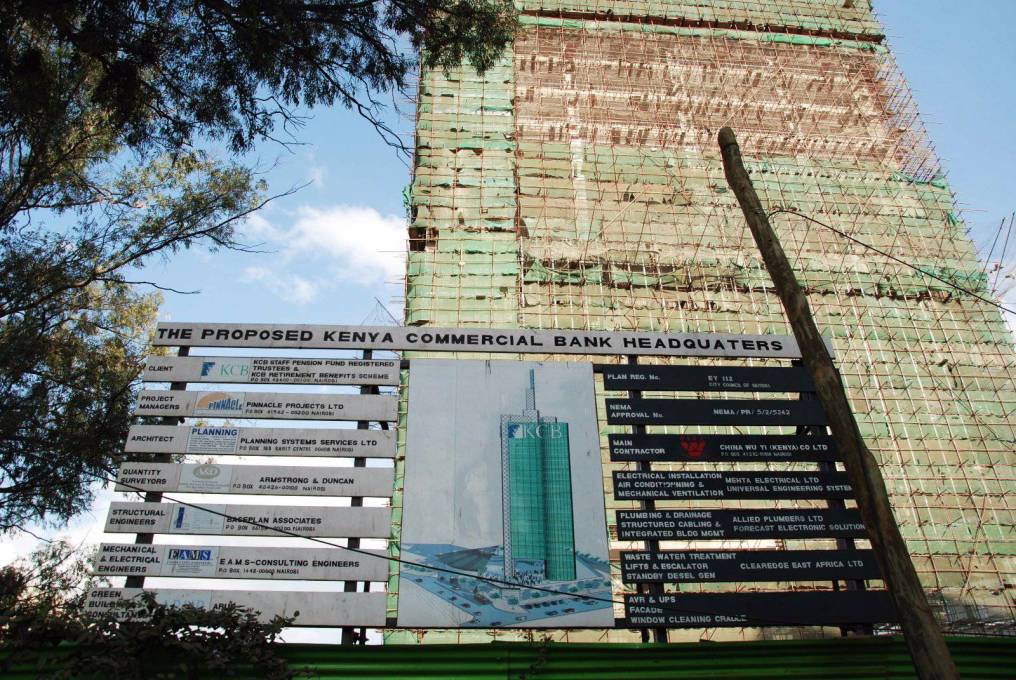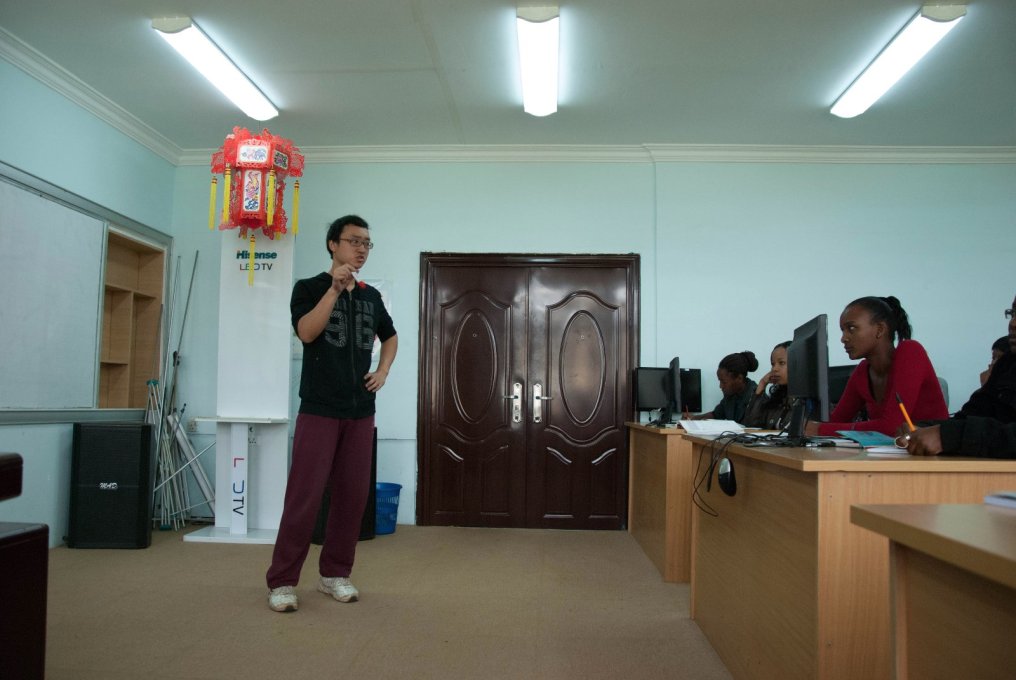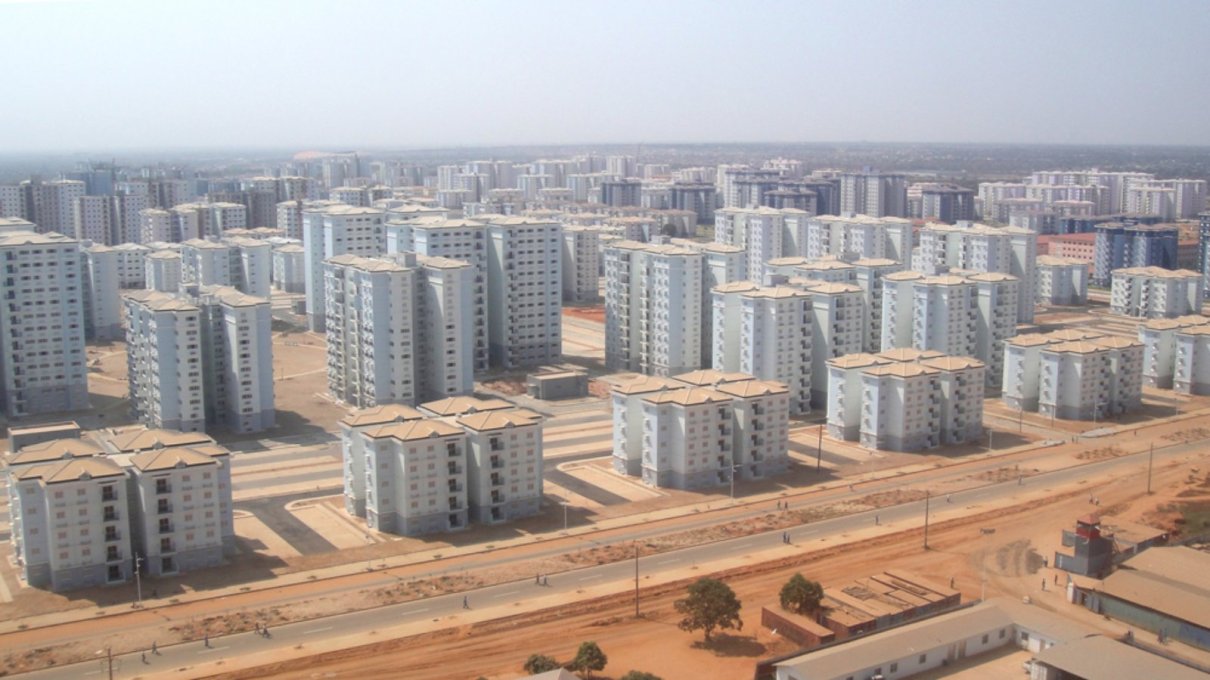Simultaneous with the Obama Administration's much heralded “pivot” to Asia, an equally important geo-political shift eastwards has been occurring, as many African countries have been looking to China to help design, finance and manage a massive urban building programme across their continent. An exhibition at Storefront in New York, Facing East: Chinese Urbanism in Africa, considers this phenomenon that’s reshaping African cities, but as David Bench observes, in the absence of hard facts, it does more to expose symptoms than question causes or ultimately long-term effects.
The Western relationship with sub-Saharan Africa is still heavily foreshadowed by colonial history, bringing a collective imagination that, even now, all too often draws on an anachronistic “dark continent” image. Unfortunately little has changed in this respect since Joseph Conrad’s 1899 novel Heart of Darkness.
Not so for China, where the global south – and in particular Africa – is seen as a place for strategic development with the potential for explosive urban growth following their own national model. This largely unheralded phenomenon is documented in the new exhibition at Storefront for Art and Architecture in New York entitled Facing East: Chinese Urbanism in Africa. The show, curated by Michiel Hulshof and Daan Roggeveen, obliterates certain preconceptions of Africa with its striking showcase image of a Chinese construction site supervisor looking ahead into bright sun, his eyes hidden by sunglasses.
This image can be read as a metaphor for the process of Chinese urbanism in Africa and communicates the key points of the exhibition. The portrait frames the man’s face, head tilted slightly up, betraying no emotion, as he gazes towards an unseen horizon, it is seemingly indicative of the Chinese approach to Africa as a strictly business endeavour – strikingly different from the Western model in which even visits by Heads of State are rationed to those countries which abide by proscribed political and economic strictures. Chinese urbanism presents a clear alternative to postcolonial pathways to growth for African economies, offering a speed and scale previously unseen on the continent.
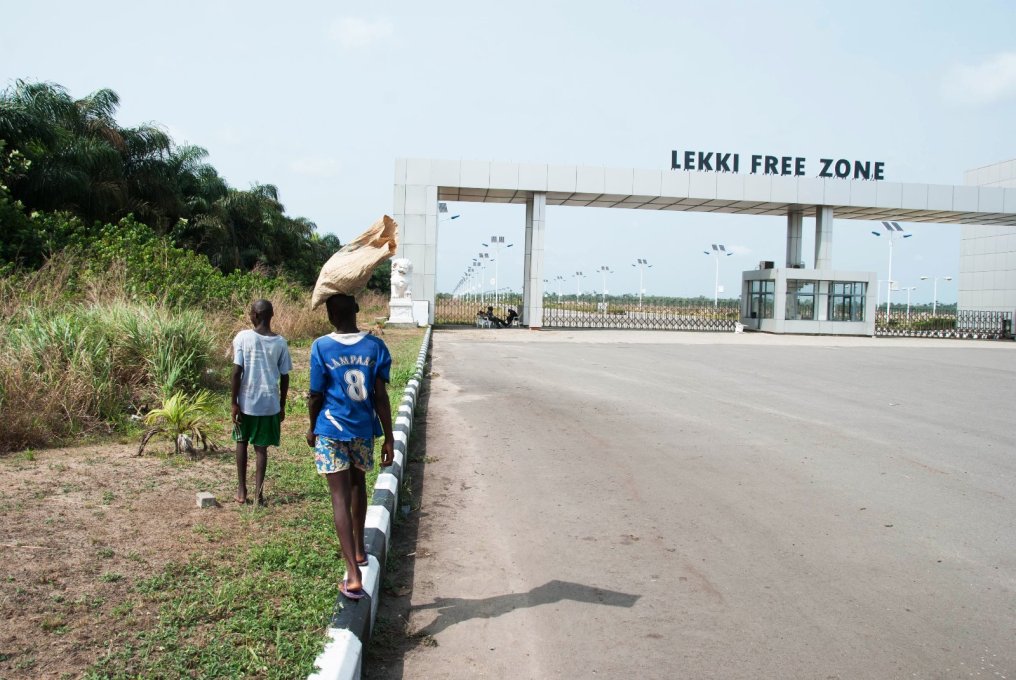
The photograph’s blurred background, with a construction site behind and mid-rise tower in the distance, underlines how specific context is irrelevant as the model of Chinese-led city development is adopted wholesale across many countries in the continent: comprehensive housing, transportation, and infrastructure projects built in form and material indistinguishable from the instant cities which have sprouted across China in recent years.
Most strikingly we do not see the man’s eyes behind the sunglasses, indicative of how the political negotiations between African and Chinese leaders which lead to these complex networks of infrastructure, resource extraction, urban planning and job migration is almost entirely opaque: unfanfared, untracked, and untraceable. Particularly in China, according to the curators, almost no information on these projects in Africa can be found.
Facing East takes a journalistic approach to communicating the new trend of Chinese-led city building in Africa as seen in Nairobi, Addis Ababa, Accra, Lagos, Kigali, and Dar es Salaam. The curators withhold judgement on the development model, aiming instead to show and tell rather than moralise on the result. Three primary media formats are employed, with an intelligent approach to the idiosyncratic layout of the Storefront gallery. Text on the façade contains fragments of interviews with locals, the primary back wall of the gallery contains a grid of photographs showcasing the ubiquity of Chinese influence in the cities, and the inside face of the exterior wall contains large satellite images showcasing the transformation of African cities under a new urban model. With limited access to formal information about these developments, the curators instead tell the story through what is available on the ground with a collage of stories and images that translates the dynamism of the contemporary African city and the new Chinese influence on it. The randomness of some of the associations portrayed here – the “Made in China” labels on kitchenware alongside construction signs in Mandarin – show the extent to which efforts are made to show any and all evidence available, no matter how trivial. The curator’s intentions are thankfully directed to revealing a complex global situation rather than telling us what we should think about it.
Bird's-eye views of African cities served as the inspiration for the show; the curators discovered the rapid transformation of the region hidden in plain sight on Google Maps. The critical thing, then, is to take the sunglasses off – it is impossible to judge Chinese Urbanism without fully understanding it. Facing East is successful in presenting an initial report but it is clear that much needs to be learned both in the structure of the initiatives and in their results. Is this a form of neo-colonialism or simply a powerful physical manifestation of globalisation? That is for the viewer to decide. Or better yet, Africans should decide (and they are deciding) what is best for Africa since now, and in the realm of urban development, they have found an alternative – to face East.
– David Bench is a registered architect in New York State and works for Selldorf Architects.
Facing East: Chinese Urbanism in Africa
Until August 1, 2015
Storefront for Art and Architecture
97 Kenmare Street
New York, NY 10012




